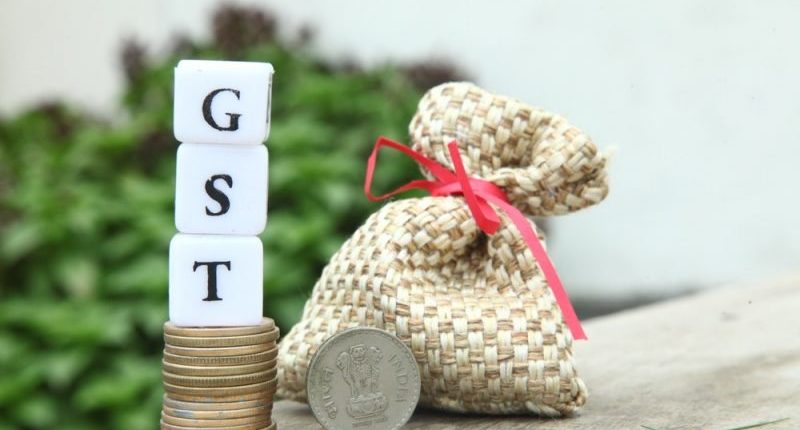The Central Board of Indirect Taxes and Customs (CBIC) has clarified that the taxpayers can claim the excess cash available in the Electronic Cash Ledger (ECL) even after two years of the date of paying tax.
Under Goods and Services Tax (GST), the taxpayer must deposit cash into the ECL. Then, the taxpayers can utilise the balance available in ECL to pay off tax liability.
Usually, a taxpayer claiming a GST refund must file a refund application to the authorities within two years from the ‘relevant date’. The relevant date in case of the refund of excess balance is the date of payment of tax. However, in the case of exports, it is the date on which a ship or aircraft leaves India.
In a few cases, the taxpayers might have deposited excess amounts in their ECL but could not be utilised against tax liability. Hence, this amount may remain in ECL for more than two years.
However, when the taxpayers applied for a refund of the unutilised balance, the field officers rejected the application, saying that two years had elapsed. Against this backdrop, the CBIC has clarified that the limitation period of two years will not be applicable for refunding the excess balance lying in ECL.
These refund clarifications are helpful as the same is likely to improve working capital management for dealers with excess balance in ECL. This move also will help in easing the cash flow of companies.
CBIC seems to have viewed that the amount deposited in ECL does not carry the character of tax. However, the clarification does not specify whether the move would be applicable to disputed cases in courts. Since this money is treated at par with the cash deposited, one may also view that a two-year time bar would also not be applicable in this case.
In a similar pattern, CBIC also clarified that assessees are entitled to a refund of money lying in ECL due to Tax Deducted at Source (TDS) or Tax Collected at Source (TCS) under the GST.
Also, CBIC clarified that those making payments outside India but the supply in India are not required to have dynamic QR codes on their invoices. The QR code is mandated by the government so that consumers/recipients of services can pay through digital modes, making it easy for authorities to track the supplies.
However, where the service recipient is outside India, they could not use QR codes for making payments. Hence it is good that the requirement of printing QR codes on such invoices has been removed.
For any clarifications/feedback on the topic, please contact the writer at dvsr.anjaneyulu@cleartax.in
DVSR Anjaneyulu known as AJ, is a Chartered Accountant by profession. Loves to listening to music & spending time with family and friends.





